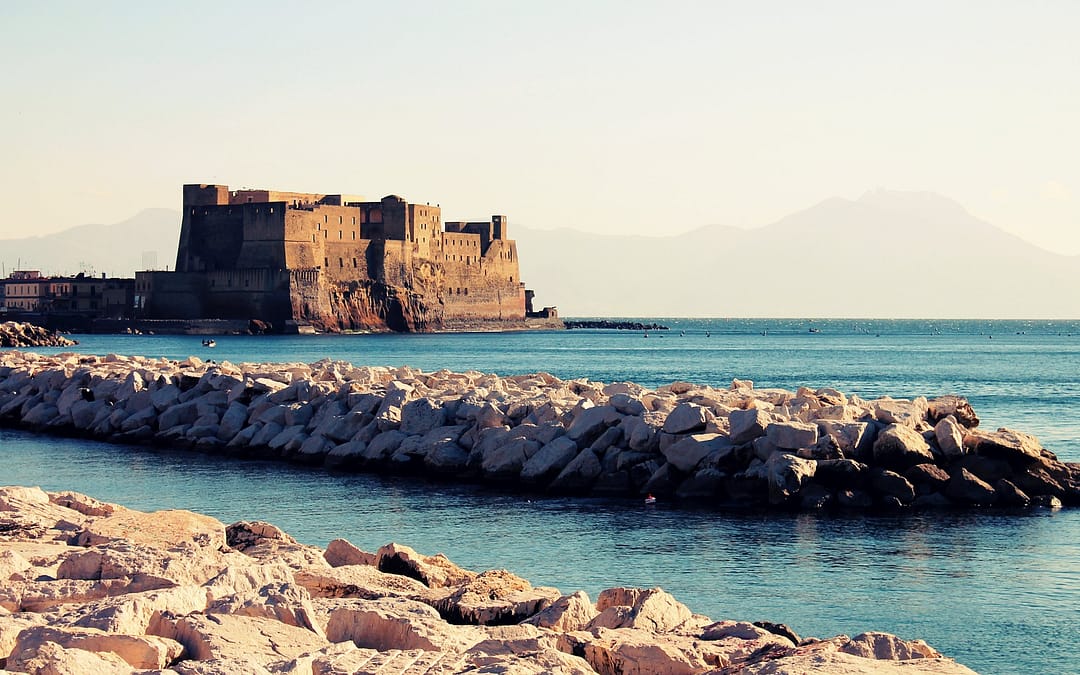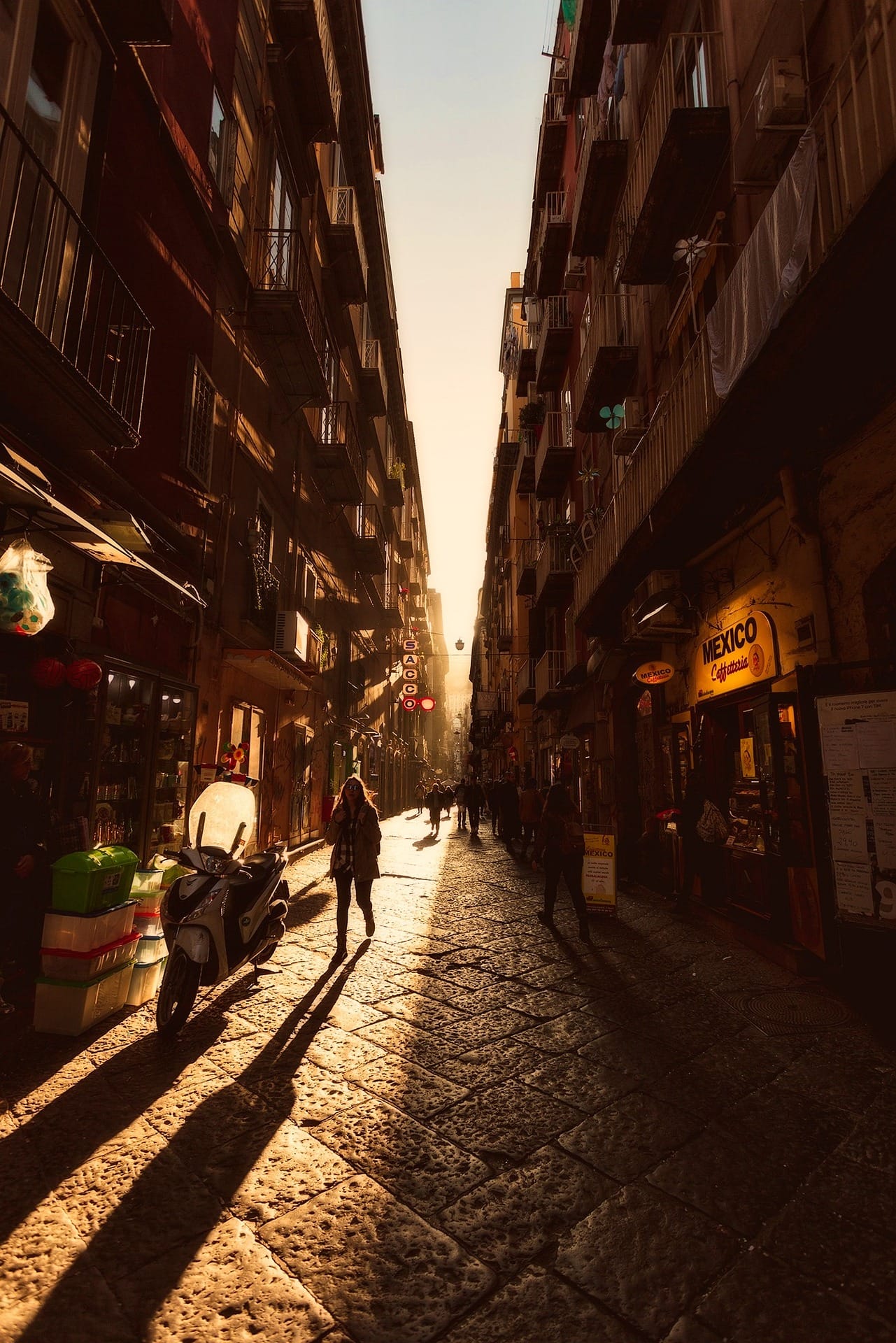Naples, a city steeped in history, art, and culinary excellence, stands as one of the largest and most enchanting metropolises in the Mediterranean. Nestled along the gulf that bears its name, Naples offers a captivating view, with the majestic Vesuvius looming in the background and the distant allure of Capri, Ischia, and Procida.
Recognized for its rich cultural heritage, Naples’ historic center found a place on the UNESCO World Heritage List in 1995. Let’s embark on a journey through the vibrant streets and neighborhoods, exploring the hidden gems and cultural treasures that define this remarkable city.
Spaccanapoli Heartbeat of the City
Wandering through the bustling streets of Naples, Spaccanapoli stands out as a cultural artery that bisects the historic center. From the lively Quartieri Spagnoli to the charming Forcella district, Spaccanapoli encapsulates the essence of Naples – a blend of splendid monuments, artisan shops, lively fish markets, and the chaotic harmony of people and mopeds. Among the treasures along this path is the Monastery of Santa Chiara, where the Cloister of the Clarisse beckons with its peaceful oasis and exquisite majolica tiles.
Veiled Christ A Masterpiece of Emotion
Deep within the Sansevero Chapel lies Giuseppe Sammartino’s ‘Veiled Christ,’ a sculpture considered by many as one of the most beautiful ever created. The masterpiece, depicting the suffering of Christ, intricately portrays a veiled figure lying on a mattress, conveying the pain and martyrdom. The legend surrounding the creation adds an extra layer of fascination, making it a must-see for art enthusiasts.
San Gregorio Armeno, A Year-round Christmas
In the historic San Gregorio Armeno, the air is perpetually festive, with craftsmen working on intricate nativity scenes and terracotta shepherds. The workshops showcase the artistry of Neapolitan nativity scenes, where traditions and the Christmas spirit endure amidst the city’s dynamic changes.
Castel Nuovo. A Fortress with History
Standing proudly as the first bastion for those arriving in Naples, Castel Nuovo, also known as the Maschio Angioino, is an imposing Angevin fortress with a rich history. The Triumphal Arch, Palatine Chapel, and the Naples Civic Museum within its walls make it a captivating destination for history enthusiasts.
Piazza del Plebiscito, A Symbolic Hub
Visit the iconic Piazza del Plebiscito, surrounded by the neoclassical colonnade of the Church of San Francesco di Paola and the Royal Palace. The San Carlo Theatre, Europe’s oldest surviving opera house, and the Galleria Umberto I add to the cultural allure of this historic square.
Naples, with its blend of history, art, and culinary treasures, invites visitors to immerse themselves in its vibrant culture. From the artistic masterpieces to the delectable delights, Naples offers an enchanting experience that lingers in the hearts of those fortunate enough to explore its streets and savor its unique charm.
Naples Underground. A Journey Through Time
Explore the intricate network of tunnels and cisterns beneath Naples, revealing Greek and Roman influences and preserving the history of the city during World War II. The underground tour provides a unique perspective, showcasing daily life artifacts and an entire underground city.
Culinary Delights, Sfogliatelle, Pizza, and More
Indulge your taste buds with Naples’ renowned culinary offerings. Attanasio, near Garibaldi station, tempts with traditional sfogliatelle. For pizza lovers, Sorbillo and Di Matteo pizzerias offer thin-crust delights, with Sorbillo’s unique queue-worthy experience and Di Matteo’s fried pizza specialty.
Castel dell’Ovo, A Seaside Marvel
A stroll along the seafront to Castel dell’Ovo reveals one of Naples’ oldest castles, perched on a small island. The legend of an egg placed in its basement by Virgil adds a touch of mystique. The castle’s terraces provide a breathtaking view of the Gulf of Naples, making it a must-visit landmark.





